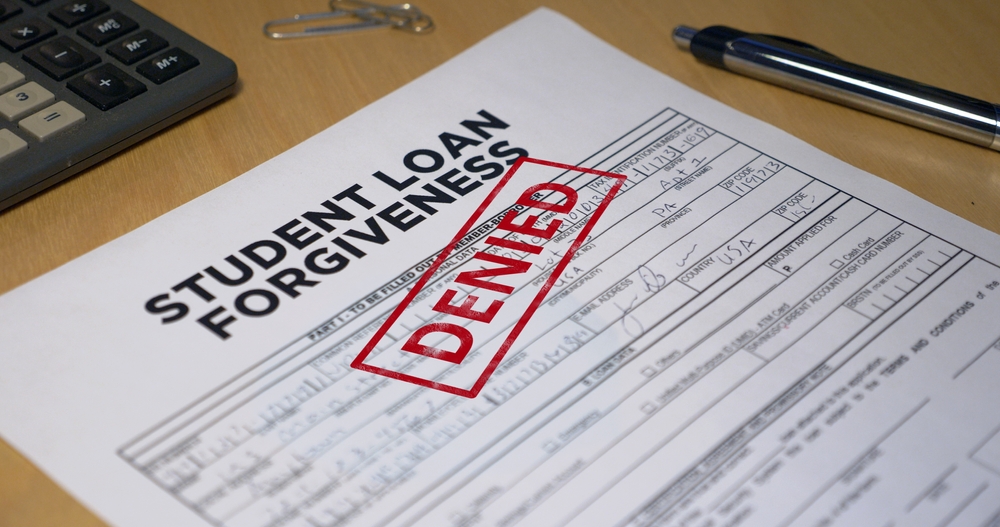
Student loan relief is once again at the center of financial conversations, and borrowers are paying attention. With new policy updates and repayment changes rolling out, this month is an important time to check your loan status. Whether you’re in repayment, forbearance, or waiting for forgiveness, timing matters. Many borrowers miss opportunities simply because they don’t act before deadlines. Staying proactive now can help you avoid unnecessary interest, penalties, or missed opportunities for relief tied to student loan programs.
1. Review Your Loan Servicer Account
Start by logging into your loan servicer’s website. Many borrowers have had their loans transferred in recent months, and some may not realize that their payment information is no longer current. Verify your contact details, bank account for auto-pay, and monthly due date. Small errors can lead to missed payments, which might delay eligibility for student loan relief.
If you’re unsure who your servicer is, you can check your account on the Federal Student Aid website. Changes in servicers can be confusing, so confirming your information now can help you avoid future problems. Keep a record of your balances and interest rates; it’s easier to track progress when you have updated numbers.
2. Reassess Your Repayment Plan
Many borrowers are still in the wrong repayment plan for their income or career stage. If your financial situation has changed, you might qualify for a more affordable option. Income-driven repayment plans can reduce monthly payments and still count toward forgiveness. Review your current plan and compare it to other available options under the student loan relief framework.
Remember that some plans recalculate your payment annually based on income and family size. If your income decreased this year, please update your information promptly. Doing so could lower your payment before the next billing cycle. The sooner you make adjustments, the faster you’ll feel the impact.
3. Check Eligibility for Forgiveness Programs
Many borrowers overlook forgiveness opportunities tied to their profession or repayment history. Public Service Loan Forgiveness (PSLF) remains one of the most valuable options for those working in government or nonprofit roles. If you’ve been making qualifying payments, make sure your employer certification forms are up to date.
Even if you don’t work in public service, there are other routes to student loan relief. Some states and private organizations offer targeted forgiveness for teachers, healthcare workers, and rural service providers. It’s worth spending an hour reviewing what’s available. A single form could move you closer to getting part—or all—of your balance erased.
4. Pay Attention to Interest Accrual
Interest adds up quickly, especially when payments resume after a pause. Understanding how your interest is calculated can help you make smarter decisions. If you can afford it, pay a little extra toward the principal each month. Even small amounts can reduce long-term costs and speed up your progress toward student loan relief.
Borrowers with multiple loans should focus on the one with the highest interest rate first. That’s where you’ll save the most over time. You can also explore refinancing with private lenders, but only if you’re certain you won’t need federal protections like income-driven repayment or forgiveness. Once you refinance, those federal benefits are gone for good.
5. Watch for Scams and False Promises
Whenever there’s news about student loan relief, scammers appear. They often claim they can “fast-track” your forgiveness for a fee or ask for your personal information. The truth is, you never need to pay anyone to apply for federal relief programs. Applications are free through official government websites.
Be cautious with emails or calls that pressure you to act immediately. Scammers use urgency to trick borrowers into sharing sensitive data. If something sounds too good to be true, it probably is. Always verify information directly with your loan servicer or the Department of Education’s website. Staying alert is part of protecting your financial future.
6. Plan Ahead for Tax Implications
Some forms of student loan relief can have tax consequences. While federal forgiveness under certain programs may be tax-free, state laws can differ. If your balance is forgiven, that amount may be considered taxable income in some states. It’s worth checking now so you’re not surprised at tax time.
Consulting a tax professional can clarify what applies to your situation. If you expect to receive forgiveness soon, set aside a portion of your savings for potential tax liabilities. Planning ahead avoids last-minute stress and keeps your budget stable.
7. Use This Month to Build a Long-Term Strategy
This month is about more than reacting to policy updates—it’s about setting up a plan that lasts. Review your finances, understand your repayment options, and stay informed about ongoing changes to student loan relief. The relief process continues to evolve, and being organized gives you a clear advantage.
Keep track of deadlines, maintain open communication with your servicer, and regularly revisit your goals. Whether you aim to pay off your balance early or qualify for forgiveness, consistency matters. Taking small, steady steps now can lead to major progress over time.
What’s your biggest challenge or question about managing student loan relief right now? Share your thoughts in the comments below.
What to Read Next…
- 10 Budgeting Apps That Collect More Than Just Your Money
- Family Finances on the Brink: 7 Devastatingly Simple Budgeting Hacks That Will Change Your Life
- 8 Safe Investments That Left Retirees Broke
- Dealing With Medical Debt: Your Rights and Options
- Spotting Predatory Loans: Don’t Fall for These Traps
The post Student Loan Relief: What Borrowers Should Do This Month appeared first on Clever Dude Personal Finance & Money.







